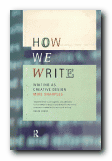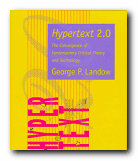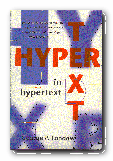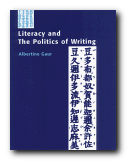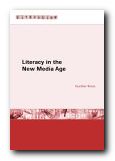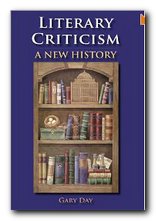novelists’ techniques – and contemporary fiction
Literary Theory of the academic kind led itself into a one-way, dead-end street in the latter decades of the last century. But traditional literary criticism has survived, largely because it preserved a connection with common sense; it didn’t take itself too seriously; and it was more interested in literature than theory. John Mullan’s guide to understanding novels How Novels Work belongs to this humanist tradition. It’s based on articles he wrote for the cultural supplement to the Guardian. He seeks to examine how novels work by looking at examples of contemporary fiction whilst keeping in mind what we already know about classics.
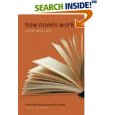 He does this by focusing on some of the most fundamental parts of the novel – its title for instance, how its story is told, its characters created, its style, and even how it ends. One of the clever parts of his approach is that he situates his analyses within an account of the story. So even if you haven’t read some of the recent Booker prizewinners he uses as his source materials, he tells you enough to make his point comprehensible. And en passant he delivers some really good appetite-whetting accounts of contemporary best-sellers – from Monica Ali, Martin Amis, Margaret Atwood, and Ian McEwan.
He does this by focusing on some of the most fundamental parts of the novel – its title for instance, how its story is told, its characters created, its style, and even how it ends. One of the clever parts of his approach is that he situates his analyses within an account of the story. So even if you haven’t read some of the recent Booker prizewinners he uses as his source materials, he tells you enough to make his point comprehensible. And en passant he delivers some really good appetite-whetting accounts of contemporary best-sellers – from Monica Ali, Martin Amis, Margaret Atwood, and Ian McEwan.
The Guardian articles were originally written with people in book-reading circles in mind – and they are just the sort of readers who could profit from this introductory approach to the analysis of literature and how it achieves its effects. Others include students in schools, colleges, and universities, plus general readers of novels who would like a guided tour of the literary engine room to be shown how it all works.
Such readers will find helpful his explanations of first and third person narratives, unreliable narrators, point of view, and the conventions that surround them. And he moves fluently from Robinson Crusoe and Jane Eyre to contemporary novels such as Nick Hornby’s How to be Good and Zadie Smith’s White Teeth without any strain or condescension.
Of course you’re not likely to agree with every one of his interpretations. For instance, I think he credits Philip Roth with clever manipulation of author-narrator distinctions which are no more than modish self-referentiality, weak writing, and self-indulgence. But that is the nature of literary interpretation. These things are up for debate.
He has a particularly good section which discusses the distinctions to be made between story, narrative, structure, and plot. And the examples he chooses are fascinating. Indeed, half way through reading the chapter I dashed out to buy all Patricia Highsmith’s Ripley novels, he made the account of their split narratives so interesting.
All sorts of literary and rhetorical devices are examined: diction, parenthesis, hyperbole, pastiche, stream of consciousness, letters, emails, newspaper articles, coincidence, epigrams, quotations, symbolism – and so on. I read the book straight through, but it could equally well suffice as a work of reference.
© Roy Johnson 2008
John Mullan, How Novels Work, Oxford: Oxford University Press, 2008, pp.368, ISBN: 0199281785
More on literature
More on the novella
More on literary studies
More on short stories
